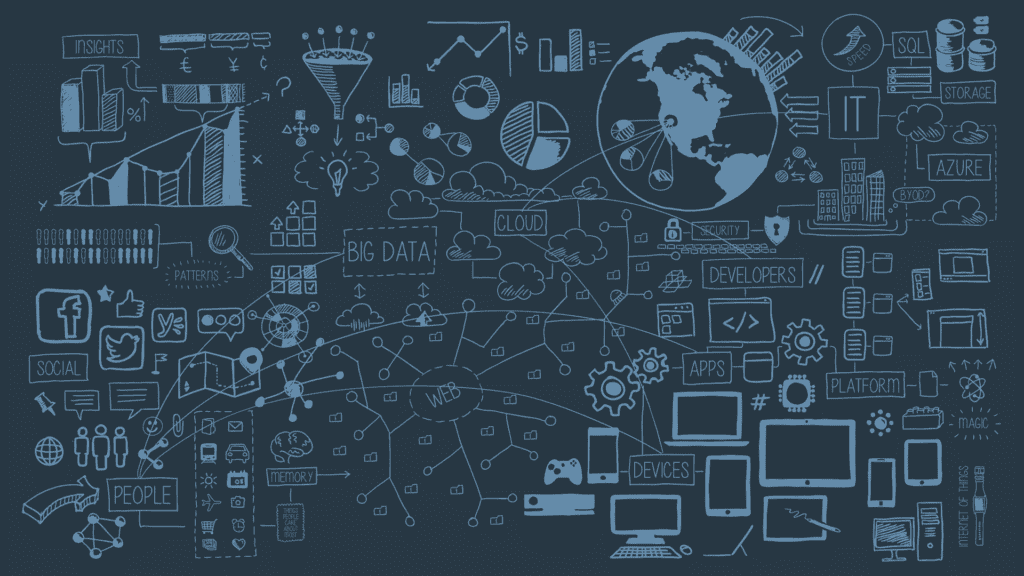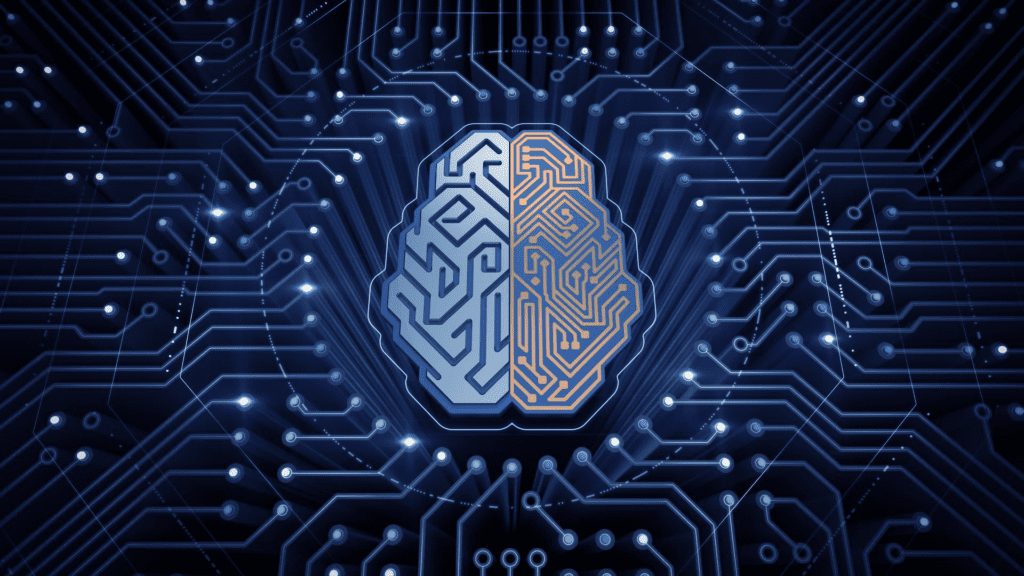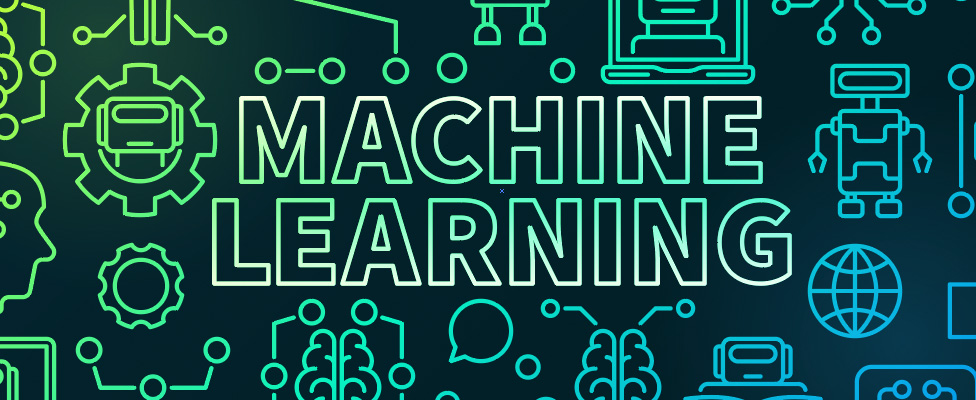For the past few years, Artificial Intelligence is growing at an exponential rate, and with such exponential growth in AI, machine learning is becoming the most trending field of the 21st century.
Most people are confused about what is Machine Learning? and What is Artificial Intelligence? Some even use both the terms interchangeably. But there is a big difference between Machine Learning and Artificial Intelligence.
So, first, let us understand the difference between Machine Learning and Artificial Intelligence.
Difference between Machine Learning & Artificial Intelligence.
Artificial Intelligence:

Have you ever observed how effortlessly we calculate the world around us and keep learning from past experiences? Artificial Intelligence is a concept that a computer/machine can do the same.
In simple words, Artificial Intelligence is like a computer or machine that has given human-like properties, machines that act, behave, and make decisions like human beings.
Machine Learning:

While Artificial Intelligence is a concept of mimicking human abilities, Machine Learning is a specific subset of Artificial Intelligence that trains a machine to learn from previous outcomes.
Machine learning models look for patterns in the data and tries to draw conclusions as you or I would.
Once the algorithm gets good at drawing conclusions, it applies the knowledge to a new data set and keeps improving.
In a nutshell, Artificial Intelligence is the science of computers emulating human beings while Machine Learning is the method behind how machines learn from data.
Now that we have cleared the basics, let’s understand the types of Machine Learning.
Types of Machine Learning.
Here are the four basic approaches to Machine Learning-
- Supervised Learning- In supervised learning, data scientists feed a large amount of labeled data to algorithms and define the variables they need the algorithm to assess for correlations. However, this type of learning requires a vast pool of data to master the tasks.
- Unsupervised Learning- Under unsupervised machine learning, the algorithm looks for patterns and data sets that do not have labeled responses. You would use this technique when you want to explore your data but do not yet have a specific goal. In this case, the algorithm scans through data sets and starts separating data into groups based on shared characteristics.
- Semi-supervised Learning- Semi-supervised learning is a mix of supervised & unsupervised learning. In semi-supervised learning mostly labeled training data is fed to an algorithm, but the model is free to explore & develop its own understanding of the data set.
Reinforcement Learning- In reinforcement learning is basically teaching a machine to complete a multi-step process with clearly defined rules. The algorithm takes its own decisions along the way & is built in a way that either it gets rewards or penalties on actions it takes.

Uses of Machine Learning
Financial Services– The major use of Machine Learning technology in the financial industry is to identify important insights in data and prevent fraud. The insights shall identify investment opportunities, or help investors know when to trade or invest. Clients with high-risk profiles & warning signs of fraud can also be identified by data mining.
Government– Government agencies such as public safety and utilities need machine learning technology to mine insights from multiple datasets. By using machine learning technology, government agencies can identify ways to increase efficiency and save money.
Retail– Have you ever bought something on Amazon? If yes, then you must have observed that Amazon starts recommending you different products based on your previous. It is happening because Amazon is using machine learning to analyze your buying history, and hence it recommends more products based on your purchase history.
With the help of Machine Learning, retailers can capture data, analyze it, and use it to give you a more personalized shopping experience.
Conclusion:
Even though we do not notice, most of the products/services that we use are based on machine learning. From E-commerce stores recommending you what to buy next, to OTT platforms recommending you the next video to watch. Everything is fueled by machine learning.
This article has been published from the source link without modifications to the text. Only the headline has been changed.




